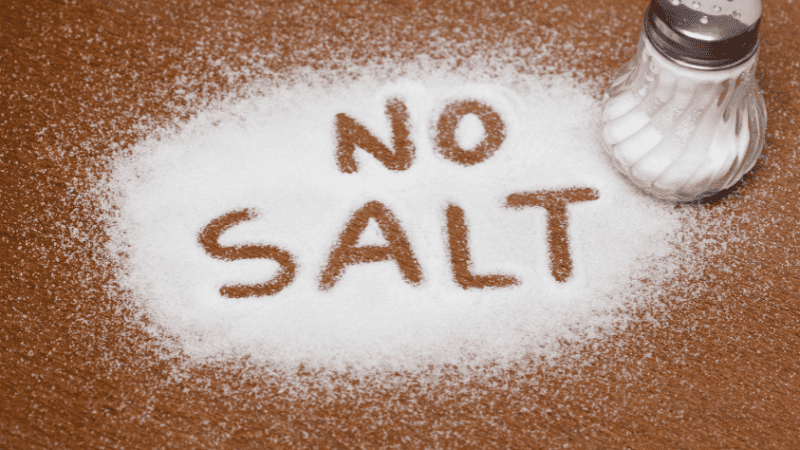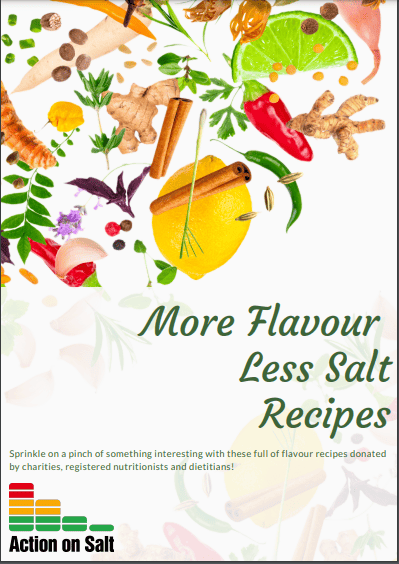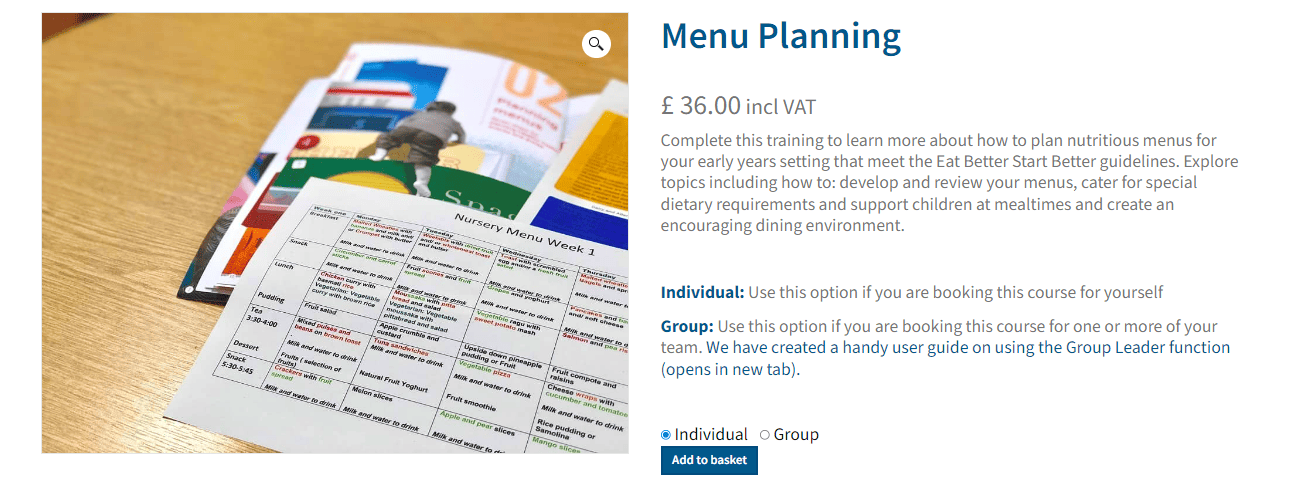How to Add Flavour Without Using Salt
According to the NHS (opens in new tab), high salt intakes in children can raise their blood pressure and increase their risk of heart disease and stroke in later life. Like adults, children can develop a preference for salty foods, and may refuse foods without added salt, and shape their eating habits in later life. It’s especially important that babies don’t have salt added to their food, as their kidneys are not fully developed to process it (Action on Salt (opens in new tab)).
You may worry that without the presence of salt, the meals you serve to children will be bland and unexciting. However, there are so many ways to add extra flavour to the food that you prepare for children, which we’ll explore in this blog. You can find more information on Salt Recommendations for Children and Adults in our blog here too. (opens in new tab)

Salt and salty foods
Table salt is the most common type of salt that’s used to enhance the flavour of foods. Other types of salt still effect our blood pressure in the same way table salt does, meaning they too are unsuitable to use in foods for babies and young children*. They include:
- pink salt
- black salt
- rock salt
- crystal salt
- salt flakes.

We also need to be mindful that some of the food and ingredients we purchase can contain medium- high amounts of salt. For example:
- Stock cubes
- Gravy granules
- Ready-made seasonings
- Soy sauce
- Yeast extract
- Condiments, such as tomato sauce, brown sauce, mustard and mayonnaise.
*You can find out more about salt and your health by visiting Action on Salt (opens in new tab).

Following the Eat Better Start Better guidelines (opens in new tab) when planning menus in your early years setting (or at home) will help you to limit foods containing salt, and support you to choose products lower in salt.
For example, the EBSB guidelines state that your early years setting should:
- Limit the use of ready made sauces (dried or liquid), soups, stocks and gravy granules
- Cook sauces from raw ingredients, and thicken sauces with cornflour instead of gravy granules
- Limit bought and homemade meat products (e.g. sausages, meatballs), to no more than once a week
- Limit the use of condiments, such as ketchup
- Avoid salty snacks such as crisps
- Cook from raw ingredients
- Check the labels of foods, such as bread and bread products, crackers, and meat products, to ensure you choose
varieties that are lower in salt. Choose those which are labelled as ‘low’ (green) or ‘medium’ (amber) in salt:

How to add flavour without using salt
Vegetables
- Onion
- Garlic
- Ginger.
Tip: garlic and ginger can be bought in jars/ tubes as a paste or crushed, and has a long shelf-life and might be easier to manage than fresh garlic, which needs to be bought regularly.

Citrus fruit juices and zest
- Lemon
- Lime
- Orange.

Herbs
- Basil
- Coriander
- Dill
- Mint
- Oregano
- Parsley
- Rosemary
- Sage
- Thyme.
Tip: dried herbs are cheap to buy and they store well, so you don’t need to buy them very often.
You might like to grow some of your own herbs in your early years setting or at home. Check out our blog on Growing and Gardening Activities for Children (opens in new tab) for lots of top tips.

Spices
- Pepper
- Cinnamon
- Cumin
- Nutmeg
- Paprika
- Turmeric
- Cardamon
- Allspice.

FAQ- Can I add herbs and spices to food for babies?
- It’s important not to add any salt or salted flavourings to food for babies
- Fresh or dried herbs and garlic can be used in recipes, but use spices in moderation and introduce them gradually
- Babies are unlikely to enjoy very spicy food, particularly if chilli is used, but over time you can introduce more spicing so that children over 1 year of age can take part in family meals
- Use your common sense when it comes to food for babies. And remember – all babies are different and some may take longer to enjoy more highly flavoured food than others.
Where can I find recipes with no added salt?
Early Start Nutrition- YouTube (opens in new tab)

First Steps Nutrition Trust (opens in new tab)

Action on Salt (opens in new tab)


